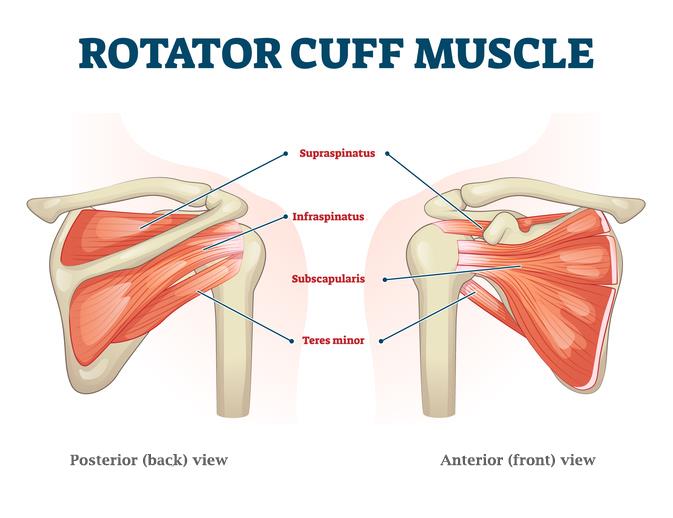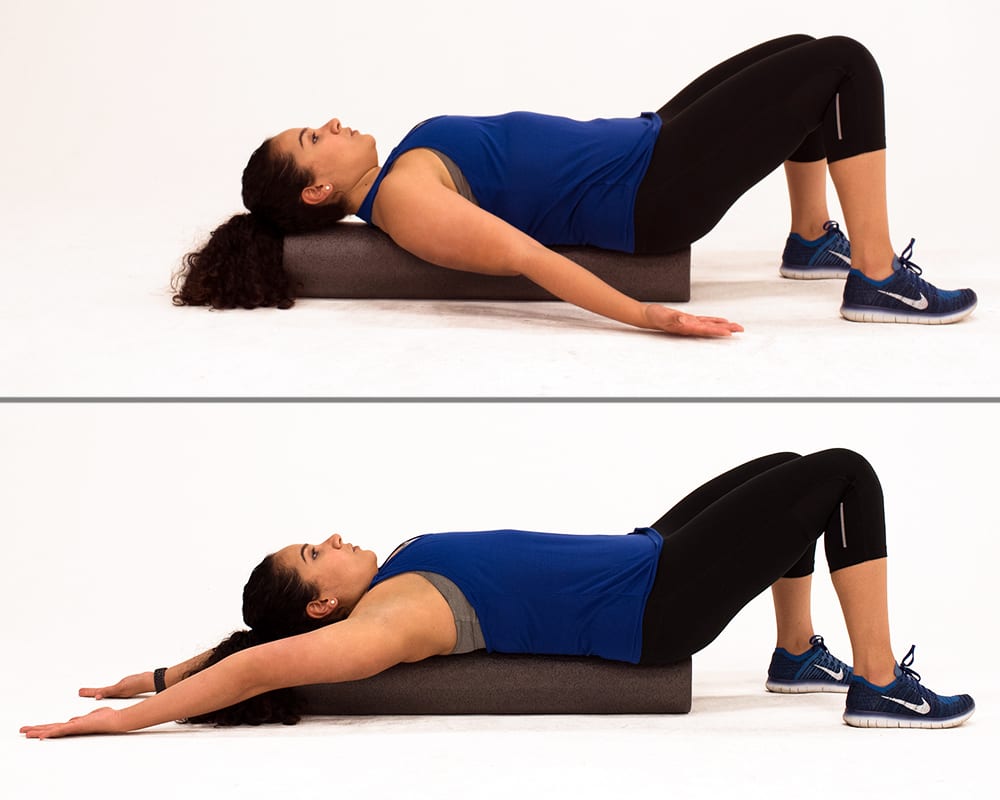
courtesy of beachbodyondemand.com
Understanding the Rotator Cuff's Role
Shoulder pain and injury are common issues, especially among athletes and individuals engaged in repetitive arm motions or those over 40. The rotator cuff, a critical group of muscles and tendons, plays a pivotal role in shoulder health, facilitating movement and stability. Erika Mundinger, D.P.T., highlights the importance of these muscles in securing the shoulder joint and ensuring its wide range of motion.
Common Causes of Rotator Cuff Injuries
Rotator cuff injuries often stem from overuse, leading to muscle imbalances, poor movement patterns, and eventually pain and injury. These issues can result from weakened muscles, poor posture, or unnatural movement patterns, causing inflammation and compromising the shoulder's stability.
Top 5 [TAG4] for a Stronger Rotator Cuff
Regularly performing exercises aimed at strengthening the rotator cuff can enhance shoulder health, improve posture, and increase mobility. Here are five recommended moves to incorporate into your routine:
1. Snow Angels on Foam Roller
This exercise involves lying on a foam roller and performing arm sweeps to mimic making snow angels, promoting shoulder mobility without straining.
2. Prone Scapular Retraction
Targeting the shoulder blades, this move strengthens the back of the shoulder by squeezing the shoulder blades together while lying face-down.
3. Wall Angels
Wall angels help improve shoulder mobility and posture by moving the arms up and down against a wall, keeping the back and arms in constant contact with the surface.
4. Shoulder External Rotation in 45-Degree Abduction
This exercise focuses on rotating the arms outward while keeping them raised, strengthening the rotator cuff and improving shoulder stability.

courtesy of beachbodyondemand.com
5. Plank with Scapular Protraction/Retraction
A variation of the standard plank, this exercise incorporates movements of the shoulder blades to build strength in the rotator cuff and core.
Conclusion
Strengthening the rotator cuff is crucial for maintaining shoulder health, especially for athletes and those engaged in repetitive arm motions. Incorporating these exercises into your daily routine can help alleviate shoulder pain, improve mobility, and prevent future injuries. Always consult with a healthcare professional before starting any new exercise regimen, especially if you're experiencing shoulder pain.
*** Please consider supporting our sponsor *** |
| [TAG2]
Image Credit: Patricia Marple / AuthorsUSA.com |
 HealthWellnessFitnessBeautyVideosPrivacy PolicyTerms And Conditions
HealthWellnessFitnessBeautyVideosPrivacy PolicyTerms And Conditions
